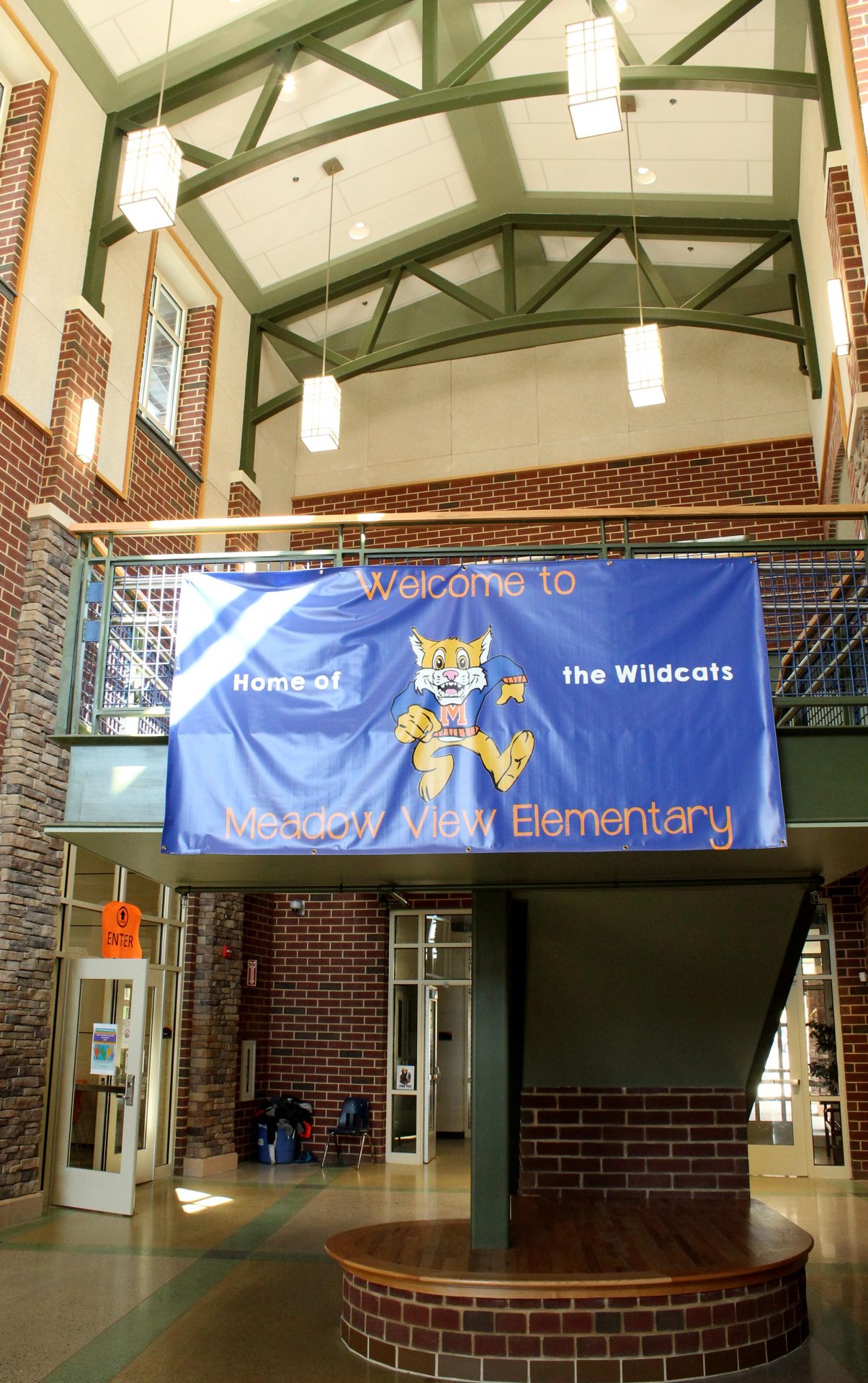
By Kim Barto Meeks
Ten years after Henry County Schools launched an energy savings program, the results have paid off for both the planet and the school budget.
 Conservation efforts have saved the school system about $5.94 million in avoided energy costs between February 2010 and October 2019. This figure is even better than the $4.29 million in anticipated savings over 10 years that led Henry County Schools to approve the program in 2009, school board documents show.
Conservation efforts have saved the school system about $5.94 million in avoided energy costs between February 2010 and October 2019. This figure is even better than the $4.29 million in anticipated savings over 10 years that led Henry County Schools to approve the program in 2009, school board documents show.
The success of these energy efficiency measures shows that organizations don’t have to choose between going green and saving green, a school spokesperson said.
“I think our team has done a great job showing that it doesn’t have to be one or the other,” said Monica Hatchett, Communications Director for Henry County Schools.
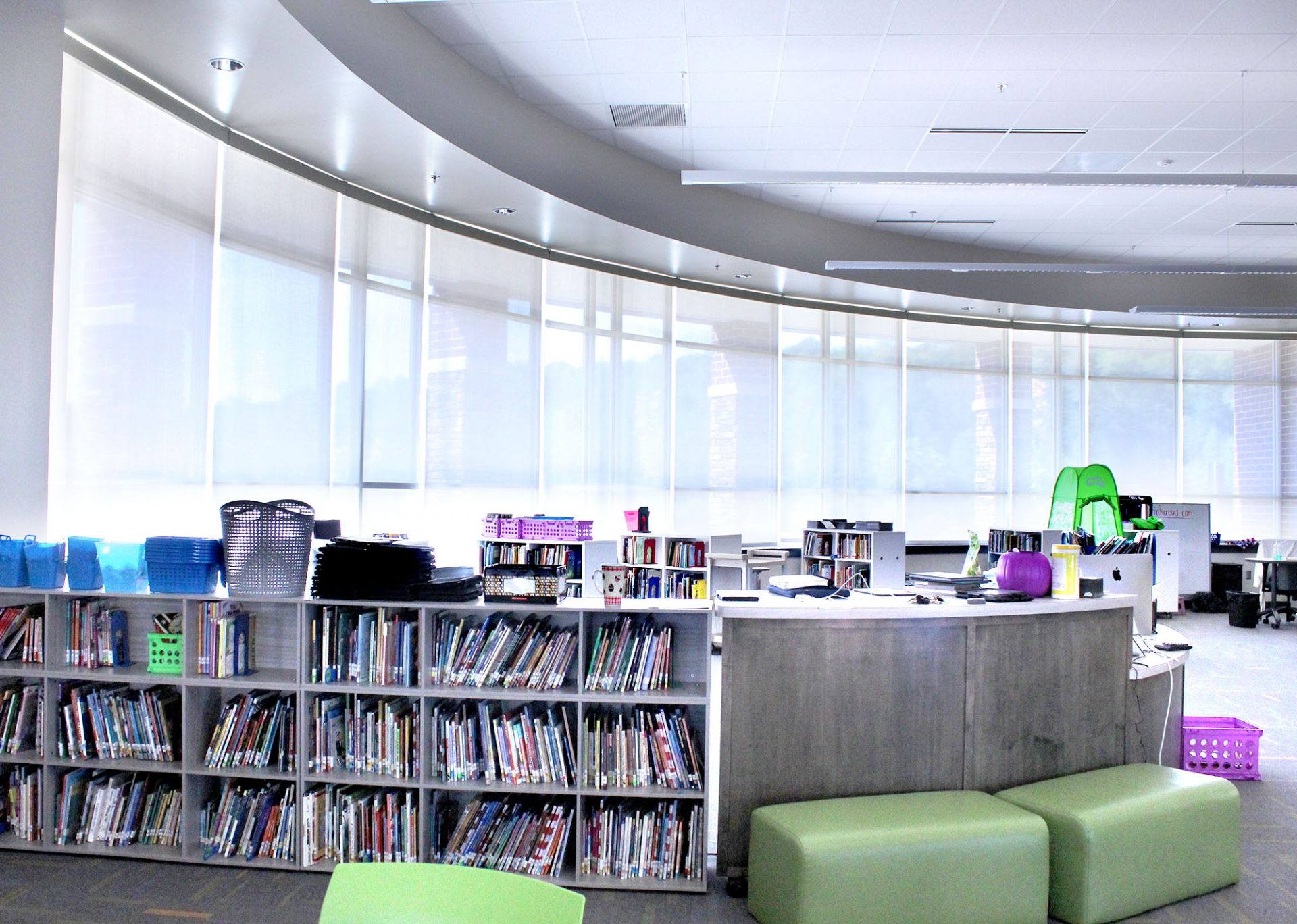 Since early 2010, the schools have reduced energy use by almost 29 percent. This has prevented 28,420 metric tons of carbon dioxide pollution from being released into the atmosphere, equivalent to taking 5,569 cars off the road. These figures and energy savings are tracked monthly in the district’s energy and facilities report.
Since early 2010, the schools have reduced energy use by almost 29 percent. This has prevented 28,420 metric tons of carbon dioxide pollution from being released into the atmosphere, equivalent to taking 5,569 cars off the road. These figures and energy savings are tracked monthly in the district’s energy and facilities report.
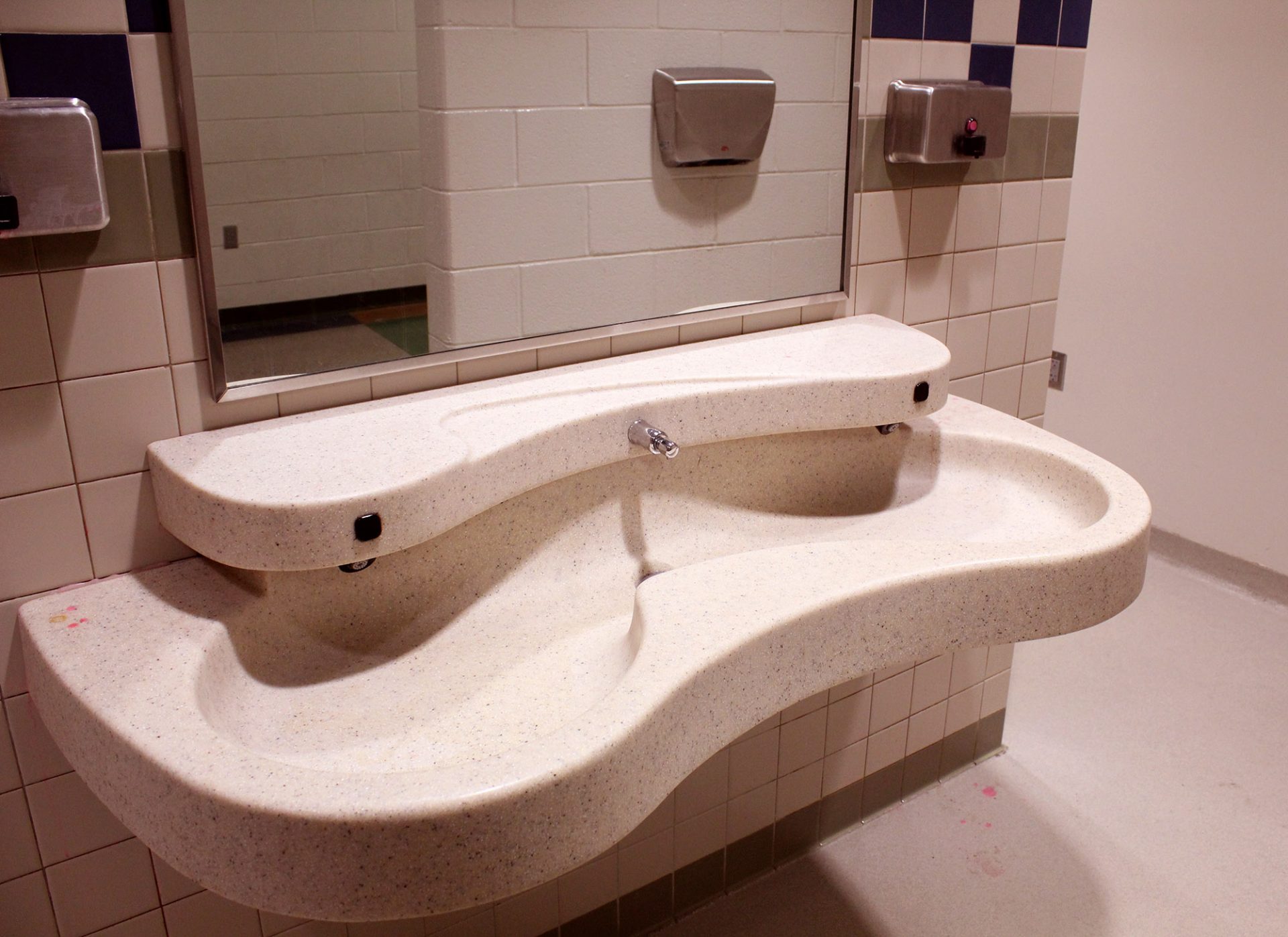
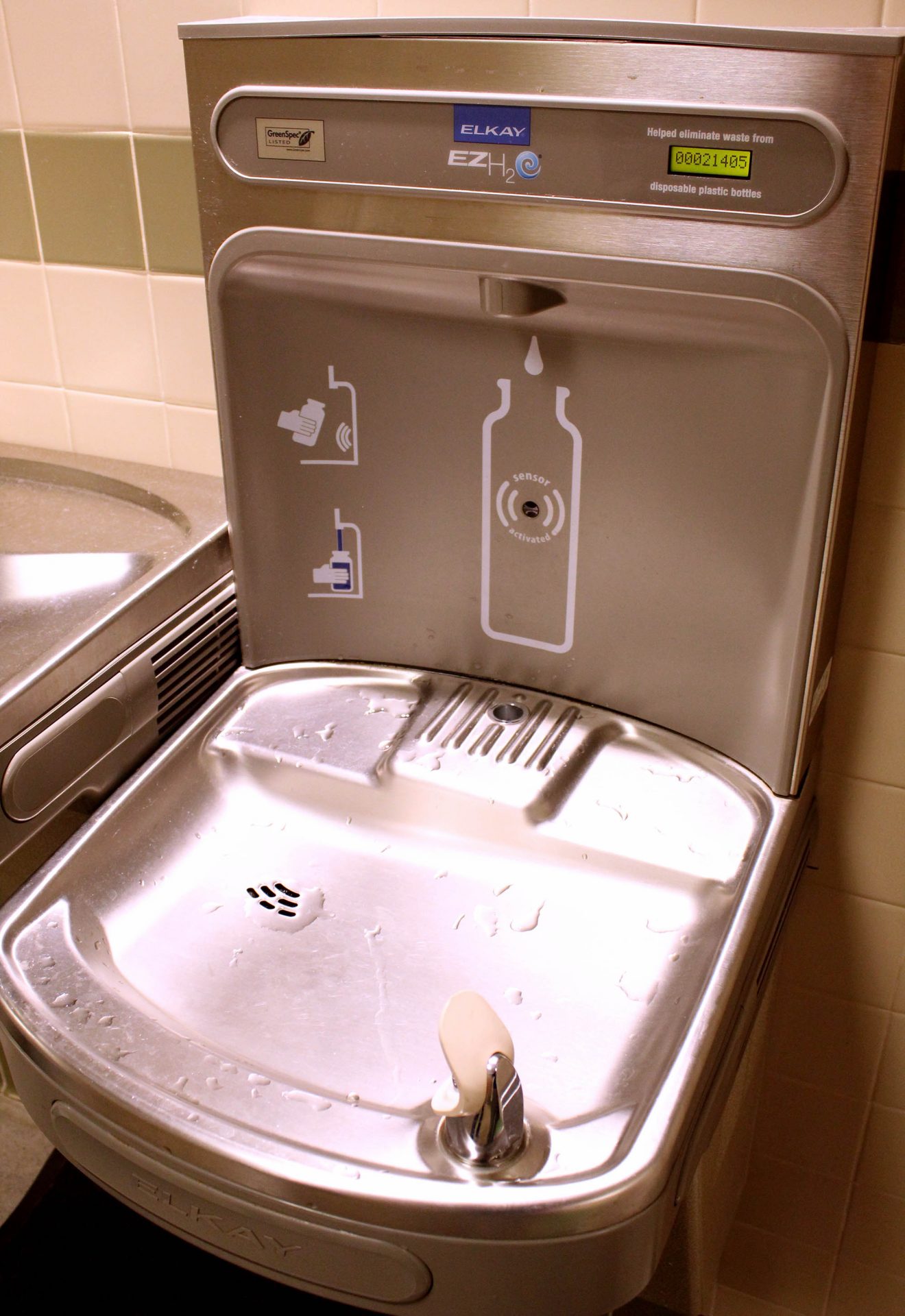 Increased efficiency has allowed the school division to reduce its utility budget by $200,000 since starting the project, school Facilities and Maintenance Director Keith Scott said.
Increased efficiency has allowed the school division to reduce its utility budget by $200,000 since starting the project, school Facilities and Maintenance Director Keith Scott said.
Cutting utility costs was the original goal when the Henry County School Board approved a four-year contract with an energy efficiency company, then called Energy Education, Inc., in fall 2009. The move was in response to Appalachian Power rate hikes of 31 percent between September 2008 and January 2009, according to board documents at the time. The school administration projected overall energy costs would continue to climb, while at the same time, the local population and school budgets were shrinking due to the recession.
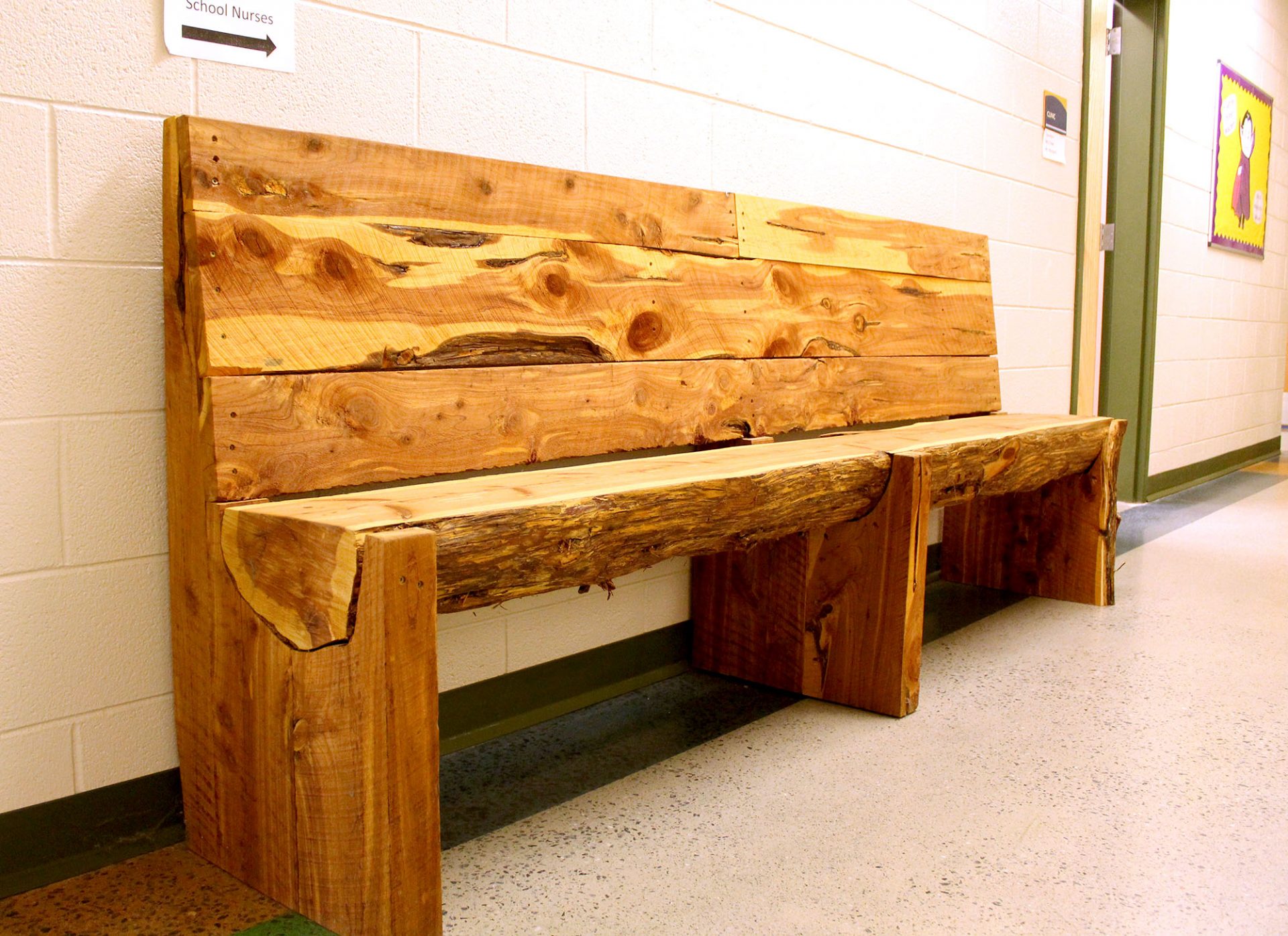
Henry County Schools committed to pay almost $1 million total over four years to implement the program, with the understanding that it would pay for itself in energy savings. Energy Ed, which is now called Cenergistics, provided a 10-year projection of savings, estimating more than $700,000 net savings in the first four years after covering the program costs.
Under the agreement, Henry County Schools agreed to pay the company $159,600 per year for its “Transformational Energy Management Process,” or a total of $638,400 over four years; plus software to track energy consumption at a cost of $12,000 the first year and $1,200 each year thereafter. They were also required to hire an energy manager at a salary range of up to $65,000 a year.
Henry County Schools hired Ken Adkins as its Energy Education Manager, and the energy efficiency program began in early 2010. While the formal contract ended after four years, Cenergistics will continue to provide free consulting services as long as Henry County Schools keeps staffing this position, Scott said.
Adkins has worked with Cenergistics engineers and school staff to conduct energy audits, looking for opportunities to make building operations more efficient. This includes everything from making sure doors and windows seal all the way, to turning down lights and thermostats when school buildings are not in use.
For example, all building heating and cooling systems across the district are now monitored and controlled from an app on the facility manager’s phone. This allows problems with the temperature to be caught and corrected sooner, in many cases without requiring a technician having to physically come to the school, Hatchett said.
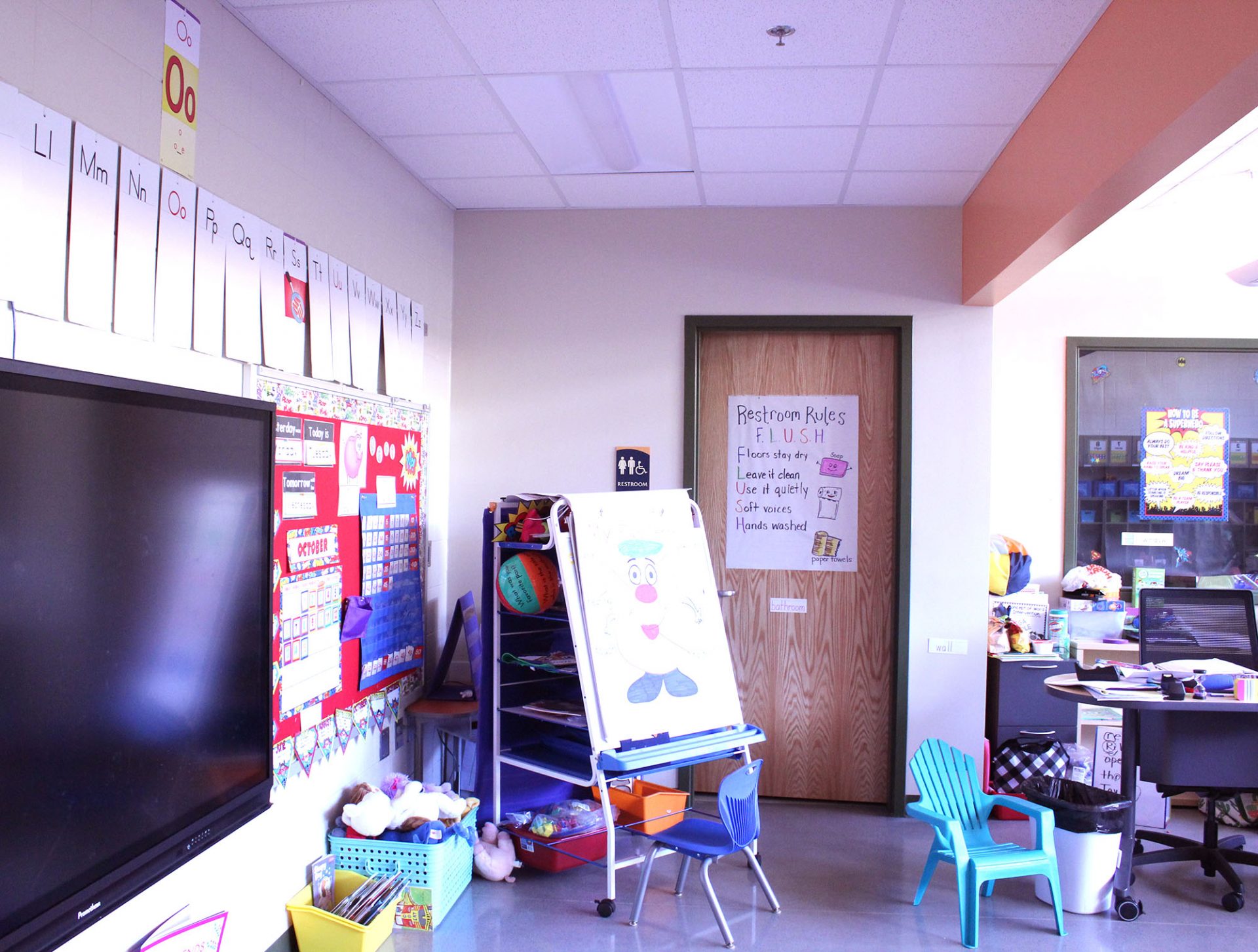
In addition, “our maintenance crew is very intentional,” she said. “If we have to replace a piece of equipment or lighting, we look for energy efficient versions.”
The district put these environmental principles into practice on a larger scale when constructing Meadow View Elementary, its first new school building in 30 years. The school, located off Kings Mountain Road, opened to students in August 2018.
Meadow View was intentionally designed with windows and skylights to maximize natural daylight, reducing the need for artificial lighting, Hatchett said. But while the windows let in light, they can also affect the inside temperature and raise energy costs. The U.S. Department of Energy states that in cold months, about 30 percent of a building’s heating energy is lost through windows. Summer presents the opposite problem: When the air conditioning is running, about 76 percent of sunlight that falls on standard double-pane windows enters to become heat.
To prevent this energy loss, windows throughout Meadow View are coated and use removable window coverings. The coverings can also be used to darken the room during naptime for younger children, Hatchett said.
Classrooms feature bulkheads in the ceilings to partially shade electronic screens from the sunlight. Motion-activated lights automatically turn off when no one is in the room. Restrooms save water with low-flow toilets and motion-activated sinks, while the kitchens are equipped with energy-efficient machines.
The school’s floors are made with polished concrete instead of the usual PVC tile because it can be cleaned “without using all the harsh chemicals,” Hatchett said. In addition, throughout the school are reclaimed wood benches, made from trees cut from the property when construction began.
Efforts to reduce waste across the school system go beyond saving money on utility bills. Students and school staff also try to conserve food, paper, and other resources. Appreciation for the environment starts in the classroom, with lessons on recycling, repurposing, agriculture, clean water, and more.
“Everyone does their part,” Hatchett said. “We talk to students a lot about how being a good citizen includes taking care of the gifts we’ve been given, like our natural resources. We ask students and staff to think, do we really need to do this on paper, or can we do it online?”
Many operations in the school division are now paperless, with lessons taking place on iPads or computers instead of on worksheets, and grading done online. The schools work with EMI in Bassett to recycle office paper and cardboard, but they also try not to use as much paper in the first place, Hatchett said.
“Parents say their kids come home and give them a hard time about not recycling,” she said.
Furthermore, a new program to prevent food waste in the schools not only cuts down on the amount of garbage produced in the cafeteria, it also helps feed both hungry students and needy people in the community.
Every school cafeteria now has a “share table” where students can leave any unwanted food for other students to take and eat, instead of throwing the food away. Items must be unopened and pre-packaged, Hatchett said.
Any usable food the students don’t claim is then collected and donated to Grace Network and the Salvation Army for their food pantries. A small Harvest Foundation grant provided a fridge to each school to store the extra food. Since the partnership started in January 2019, the schools “have returned several thousand pounds of food to the community,” Hatchett said. “We’ve been very excited about the program.”
All in all, the district’s green focus has earned Henry County Schools numerous awards for sustainability at the state and national levels.
The school system has been an Energy Star partner since 2010 and was named a Top Performer for ranking among the top 25 percent most energy-efficient districts in the country. Martinsville was ranked ninth among all American small cities by the Environmental Protection Agency (EPA) based on the number of Henry County schools that earned Energy Star certification. Henry County Schools has earned Platinum Certification each year since 2012 in the Virginia School Board Association (VSBA) Green Schools Challenge.
Most recently, Henry County Schools was one of only six national winners of the Green Ribbon School District award for sustainability by the U.S. Department of Education in 2018.
Both county high schools are U.S. DOE Green Ribbon Schools, with Magna Vista High School achieving the recognition in 2013 and Bassett High School in 2015. Eventually, the district plans to nominate all of its schools, but is doing so gradually because of all the paperwork required, Hatchett said.
Mview 6: Benches throughout the school were made from reclaimed wood from trees cut down when the school was being constructed.
Mview 7: Because of all the windows, classrooms at Meadow View Elementary feature bulkheads in the ceilings to prevent glare on Smart Boards and electronic screens.




